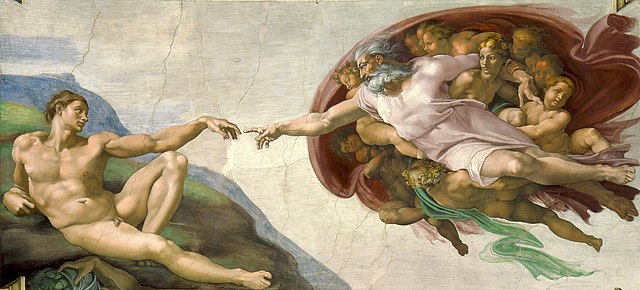The Lucifer Myth and the Brain's Hemispheres
- 3 minutes read - 474 wordsI’ve always found it interesting to speculate on what kernels of truth underlie some of humanity’s most-ancient and culture-crossing myths: e.g. the flood, the lost idealized garden, the couple that re-starts life from seeds. Could the flood have been the effects of an ice age ending and raising the sea level to swallow old settlements? Was the garden a primitive grasp of climate change triggering desertification to turn a grassland into an arid waste? Further afield, could life have been seeded from an ark of cells? In the age of alchemy, many writers saw these ancient stories as symbolic manuals for helping man understand and thus perfect himself.
One story whose truth, I speculate, might be alchemical-allegorical in nature is the Lucifer myth. It might be a poetic story to explain hard science about neuroanatomy and psychology and how we might smelt away our lesser natures to become purer, more godly beings.
In the myth, Lucifer seeks to deceive and falsely supposes himself to be equal to the most High (Isaiah 14:14). That’s poetry. But it resonates with recent research done by Dr. Ian McGilchrist. Perhaps this is what the alchemically-influenced artist Michaelangelo understood when he chose to paint God-the-Father in the shape of a brain.


Dr. Iain McGilchrist’s 30+ year research into functions within the lateralized (having hemispheres) brain reveals two distinct characters within our minds: one that is selfish, zero-sum, logical, cold, and that thinks that it is in charge while often seeking to deceive the other function. McGilchrist calls this voice “the emissary” and it is lateralized in the left hemisphere. Lateralized in the right hemisphere is “the master,” a cognitive function that created* the emissary, is more essential than the emissary as attested by numerous split-brain experiments, and is the seat of empathy, patience, big-picture views, and collaboration.
Could the lesson of the alchemical-allegorical tale be that our natures are two and that the greedier, less-tolerant one is the root of all evil? Could the Buddhist “wrong thinking” be rooted in the “emissary’s” voice? Could the emissary also be the Neoplatonic demiurge, a less-capable pretender to the master’s throne responsible for imperfections in the Most High’s creation who must be overcome by purified spiritual practice? And could Christianity, then, be conceived of as an alchemical system of purification unto transubstantiation? Is true Christianity then a series of practices whereby the symbolic philospher’s stone of Christ’s flesh and blood is made real by doing as He did in His name in remembrance of Him so as to squelch the emissary, to hear the voice of the master, and thereby complete the ultimate alchemical transformation: from baser human to more-godlike human?
Footnotes
- * “Created” here is an abstraction that stands in place for “brains that had this adaptation had survival advantages that, through natural selection, out-competed other brains.